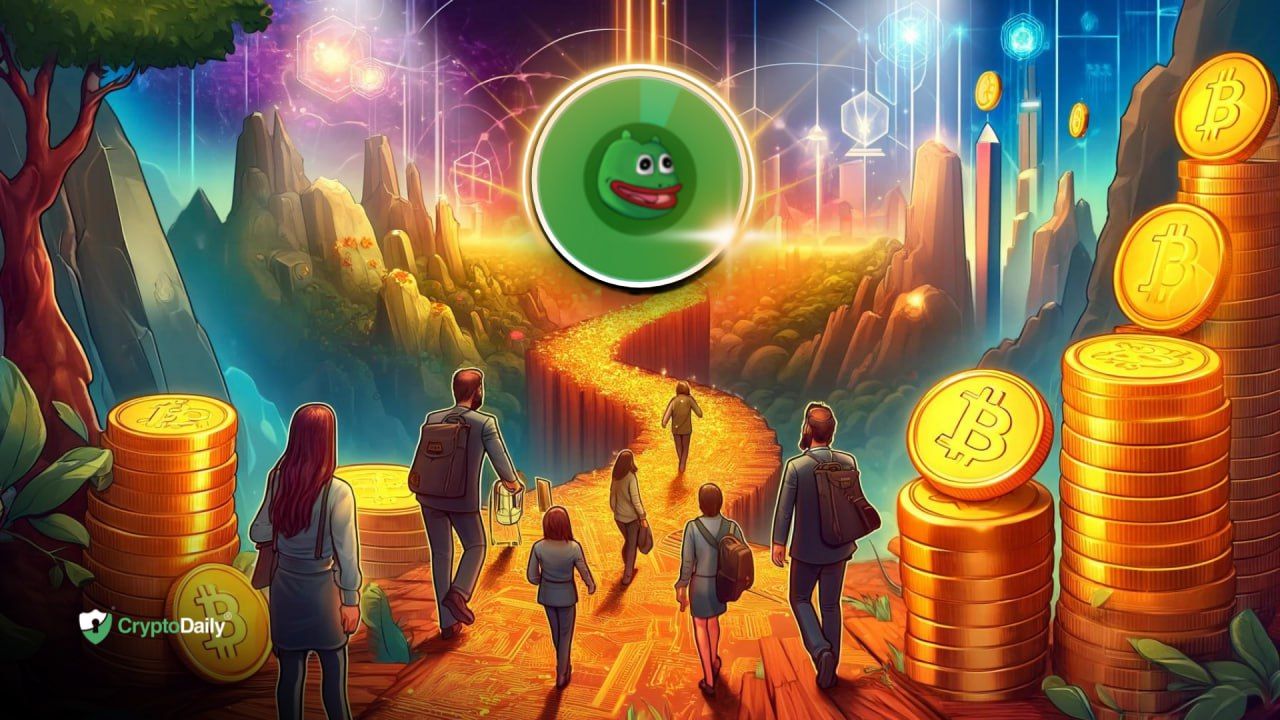Published
5 years ago on
August 09, 2018
“Hypotheses surrounding the seemingly meaningless transactions have included someone deliberately paying to congest the network, or someone running tests for a future event. In any case, even the spammer has paid exorbitant transaction fees in ETH. Suspicions of a rival scam were resurrected.”
“Another hypothesis sees the ETH sent to a lottery-like game, possibly to fake participation by multiple users. ETH-based games are known for having very few users – so the comments under the transactions suggest someone may be creating fake-looking participation.”See the full article for yourself, here. It now seems that the latter prediction by Cryptovest is true. This is good news, because it means that the congestion wasn’t being caused as some sort of preliminary trial hack, instead though, it is alleged that this lottery-like game could be operating as some sort of a Ponzi scheme.The smart contract causing the congestion was based on a clone of a game called FOMO3D, an Ethereum lottery that encourages the purchase of new keys that can give users a chance to win an Ethereum jackpot. According to Cryptovest, at one point the smart contract was consuming 34.5% of the Ethereum networks gas.Furthermore, according to Cryptovest, Leonid Beder, the Head of Blockchain Engineering and Security at Orbs has said:
“What we're seeing here looks like another clone of a known Ponzi scheme game. Analysing this smart contract's machine code, it has a very high resemblance to the FoMo3D short smart contract and its transactions seem to support it. FoMo3Dshort is a shorter version of the FoMo3D Ponzi scheme game where the last person who buys a ‘key’ (i.e., sends a transaction) wins the pot. So it naturally causes the participants to send transactions like crazy and extremely spamming the Ethereum network as the result.”See more for yourself, here. Part of the games operation means it reaches a state of constant, that means the smart contract continues to roll until the ‘last buyer’ purchases a key and wins the jackpot. In turn, this kickstarts a constant cycle of small purchasing activity on the Ethereum network, which is how the game managed to consume so much gas and clog up the network so much. Investment Disclaimer









